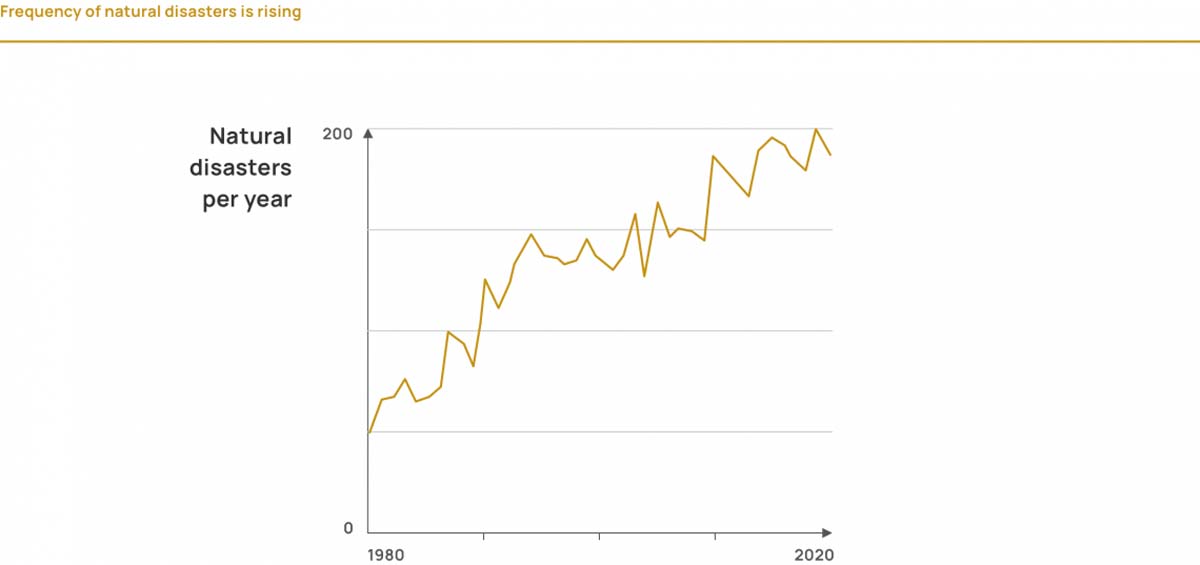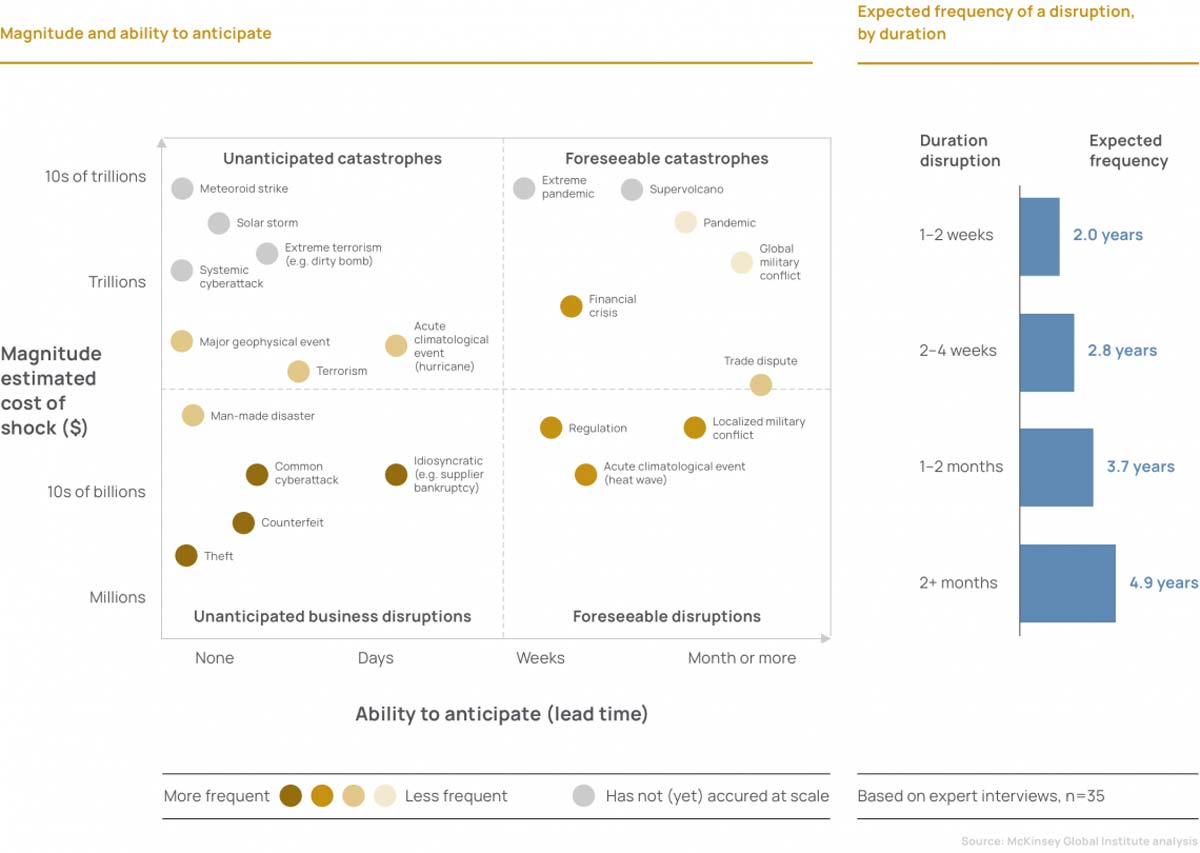Fighting the Supply Chain Crisis
Supply Chain Management
Our Specialists
Working with the most qualified TSETINIS-EFESO Consultants is key to your success.
Speak with an expert in your industry who can help you move your company toward your specific goals. We implement our expertise in a very specific and targeted way and tailor the choice of methods to your individual requirements. In this way, we can ensure your long-term success.

Martin Kruschel
Partner
Materials Management
Product Profitability Programs
Restructuring & Organizational
+49 151 46700477
m.kruschel@tsetinis.com
Linkedin®

Dr. Kenneth Sievers
Partner
Purchasing / Supply Chain Management
Organizational Development / PMI
Performance Improvement
+49 151 64963427
k.sievers@tsetinis.com
Linkedin®
Get started now!



